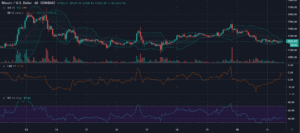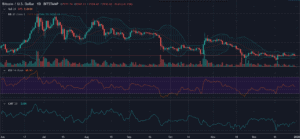Bitcoin has had its fair share of highs and lows this year and December was no different. During a time when investors and holders were having fraught thoughts over the condition of the world’s largest cryptocurrency, Bitcoin’s value continued to float in the $7000- $8000 region. At press time, Bitcoin was making no effort to close the year on a high as it traded for $7225.7.
1-hour:

The hourly chart for Bitcoin showed a slow down in the price as the immediate support held at $7205. The Bollinger bands were converging towards each other as the bear market held strong.
The Relative Strength Index was near the oversold zone and had begun a rise. Bitcoin’s performance on the hourly chart stated that selling pressure was more than the buying pressure.
The Chaikin Money Flow indicator was above the zero line during the hourly spectrum. This meant that the incoming capital was more than the outgoing capital, a positive sign for the investors.
1-day:

The 1-day chart for Bitcoin displayed a flat movement for the price as the immediate support held at $7125. The Relative Strength Index on the daily chart was in the middle of the graph, a sign of the selling pressure and the buying pressure cancelling each other out.
The RSI was mostly near the oversold zone as the selling pressure in the market has been on a constant high after the bear crash. The last time the RSI was near the overbought zone was in October when the price had shot up near the $9000 mark.
The Chaikin Money Flow indicator on the daily spectrum was below the zero line. This was an indication that the capital leaving the Bitcoin market was much more than the capital coming into the market.
The Bollinger bands were reflective of the price candles as the upper band and the lower band moved parallel to each other. The parallel movement signified the lack of price fluctuations for Bitcoin and users were convinced that the stagnant movement would continue for a while.

